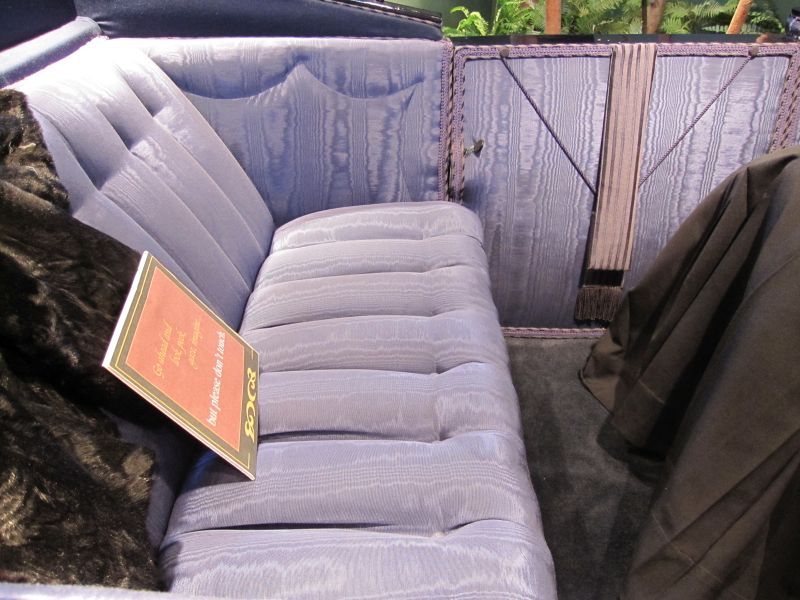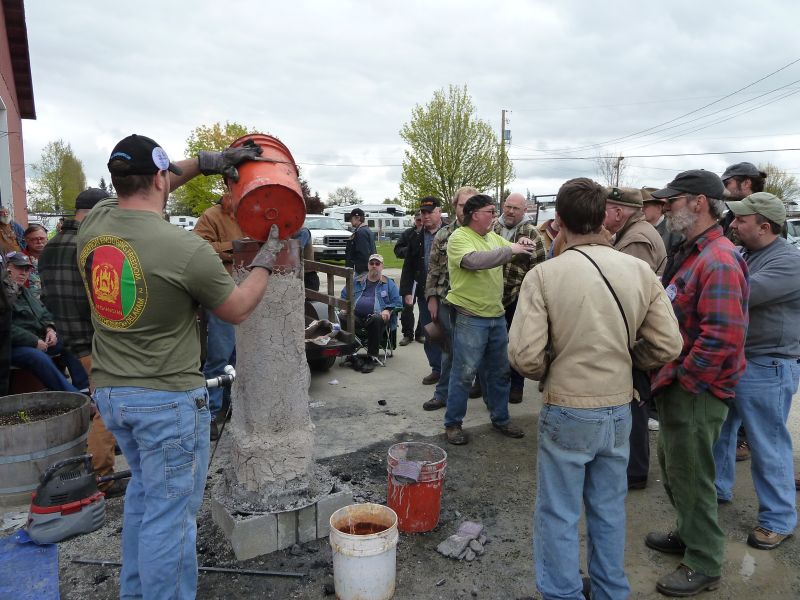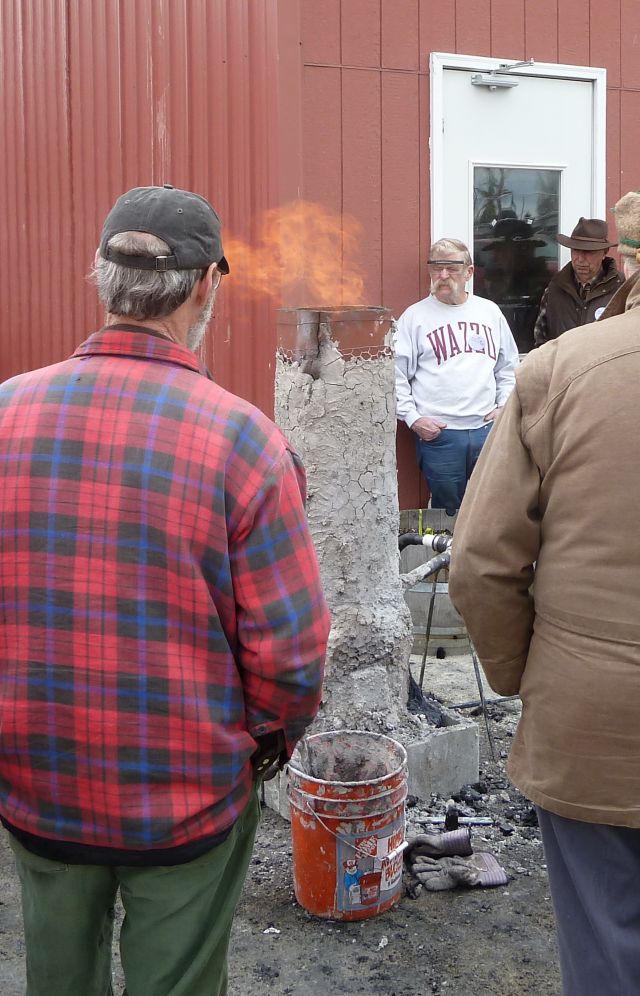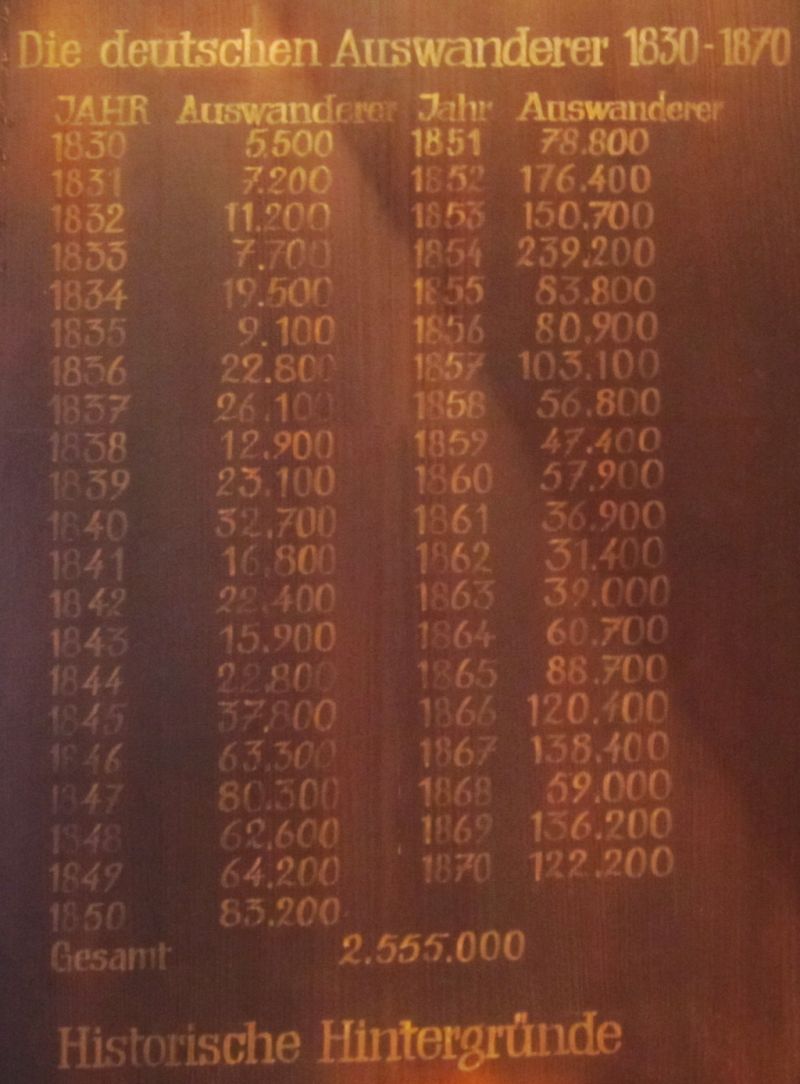The movie marquis reads “Lincoln’s Lawyer.”
“Is that about the Lincoln-Douglas campaign?” I ask a friend.
“No, it’s Matthew McConaughey living out of his Lincoln.”
Oh. My mind keeps traipsing to the 19th century. I am currently reading the (abridged) Autobiography of Carl Schurz: Lincoln’s Champion and Friend. Ever heard of Carl Schurz? He was a German who grew up near Cologne. In 1849, Schurz was a leader in the freedom fighter movement for democracy. When the Prussians took Rastatt, which Schurz was defending, he escaped execution through the town’s brick-and-masonry sewer system. A year later, in disguise, Schurz went to Berlin to successfully break his friend, the political prisoner Kinkel, out of jail.
A few years later Schurz made his way to Wisconsion and became “perhaps the most consistent champion of liberal causes in the country.” What liberal causes? He fought for civil rights and rights of the immigrant. For the abolition of slavery. To protect U.S. lands from being plundered for timber and minerals by powerful corporations. For fair treatment of the Indian. For governmental reform, first in Europe, then in the U.S.
In the introduction (written by Allan Nevin) to the Schurz autobiography, Schurz’s role in the Lincoln campaign is described thus:
“So modest is [Schurz’s] account of himself that a reader might not realize that his unwearied stump-speaking for Lincoln, both in German and English, had much to do with the decisiveness of the Republican victory in the Northwest.” (In those days, the “Northwest” meant states like Ohio, Indiana, Illinois and Wisconsin.)
Cleveland’s Jacob Mueller and his compatriots, men exiled from Germany for their role in the 1848 Revolution for democracy, were instrumental in the forming of the Republican party in the mid-1850s. My research reveals an enthusiastic German following in the Lincoln campaign. The German newspapers in Cleveland and Cincinnati are packed with pro-Lincoln editorials, and heady glee at his 1860 victory. It seems the immigrant vote swayed the tide with Lincoln, which brought slavery to an end. And so 160 years later, our president is Barack Obama.
 At first, my 21st-century mindset had difficulty making sense of the terms “lacquerer and saddlemaker.” A visit to the Northwest Carriage Museum in Raymond, Washington clued me in that a lacquerer was a painter. Paint applications on carriages were finished off with several hard, glossy coats of lacquer, or varnish.
At first, my 21st-century mindset had difficulty making sense of the terms “lacquerer and saddlemaker.” A visit to the Northwest Carriage Museum in Raymond, Washington clued me in that a lacquerer was a painter. Paint applications on carriages were finished off with several hard, glossy coats of lacquer, or varnish. Saddlemaker conjured images of horse saddles, until I realized it was an old-fashioned term for a “trimmer” or “upholsterer.” Here is a picture of some damn fine carriage upholstery, in a C-spring Victoria carriage also on display at the Northwest Carriage Museum.
Saddlemaker conjured images of horse saddles, until I realized it was an old-fashioned term for a “trimmer” or “upholsterer.” Here is a picture of some damn fine carriage upholstery, in a C-spring Victoria carriage also on display at the Northwest Carriage Museum.



